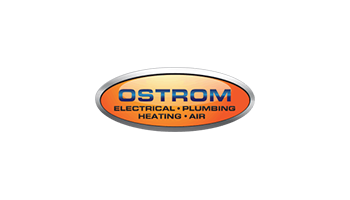Maintaining Your Home’s Air Ducts
Your home’s air duct system is a network of metal tubes in the walls, floors, and ceilings that carry conditioned the air from the furnace and central air conditioner to each room. If the air ducts are poorly sealed or have holes and gaps, your energy bills are likely to be higher than they should be. Ducts that leak heated air into unheated spaces such as crawl spaces, basements or attics can add hundreds of dollars a year to your heating and cooling bills.
The good news is you can effectively reduce this energy waste by sealing and insulating your home’s air ducts. Insulating ducts in unconditioned spaces like basements, crawl spaces and attics are usually very cost-effective.
Air Duct Sealing
Sealing your home’s ducts is important to prevent air loss, especially if the ducts are located in an unconditioned space such as an attic or crawlspace. If the supply ducts are leaking, heated or cooled air will be forced out and lost. In addition, unconditioned air can be drawn into return ducts through unsealed joints.
Minor duct repairs can be made by homeowners, while an HVAC professional should seal and insulate ducts in unconditioned spaces or make any necessary modification or additions to existing ductwork. In addition to sealing your ducts, it’s important to ensure that objects are not blocking your registers, including furniture, rugs, drapes, etc.
Here’s how to seal your ducts.
- Inspect the ducts for air leaks by looking for sections that should be joined but have separated, then look for holes.
- While duct tape seems like the most obvious material to use for duct sealing, duct mastic is a better choice for sealing seams and joints. While mastic is more durable than duct tape, but should not be used to cover gaps over ¼ inch. Larger gaps must be first bridged with a special mesh tape or a high-quality heat approved tape. Butyl tape, foil tape, or other heat-approved tapes are also a good choice for sealing ducts.
- If you’re sealing or insulating air ducts in the basement, it will make the space colder, increasing the risk of frozen pipes. To prevent burst pipes ensure that the basement walls are well insulated or use an electric heating tape on the pipes.
- If the basement is finished, ensure that there are both supply and return registers in all rooms.
Air Duct Cleaning
In addition to ensuring that your air ducts are tightly sealed to prevent leaks, it’s also important to inspect your ducts for excessive dirt build up. Dirt, dust and pet dander can all accumulate inside air ducts, lowering the quality of the air by creating an ideal environment for mold and bacteria to grow and become airborne throughout your home. Professional duct cleaning will ensure that dirt is kept to a minimum.
Have questions about your home’s air ducts? Give Ostrom a call, we can help answer all your home heating and cooling questions.









